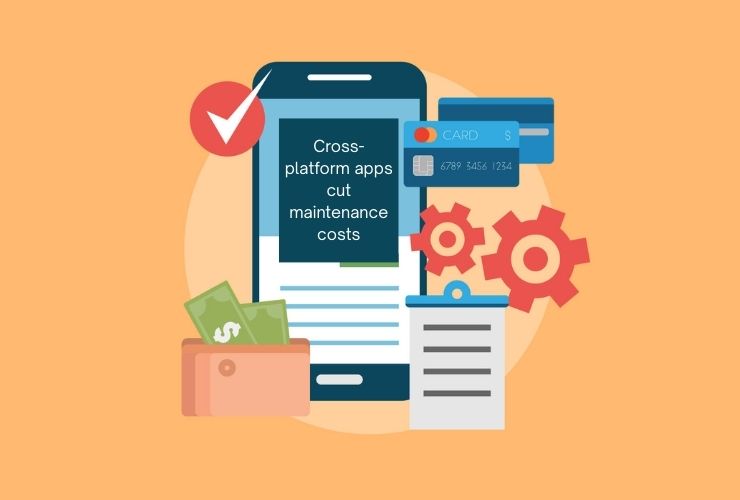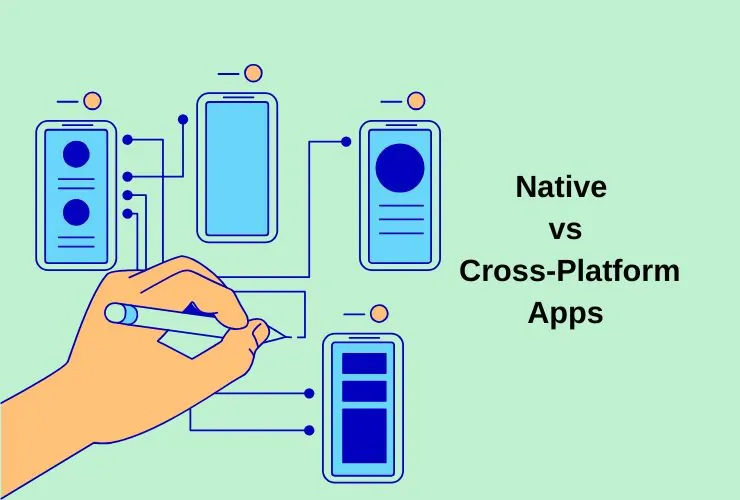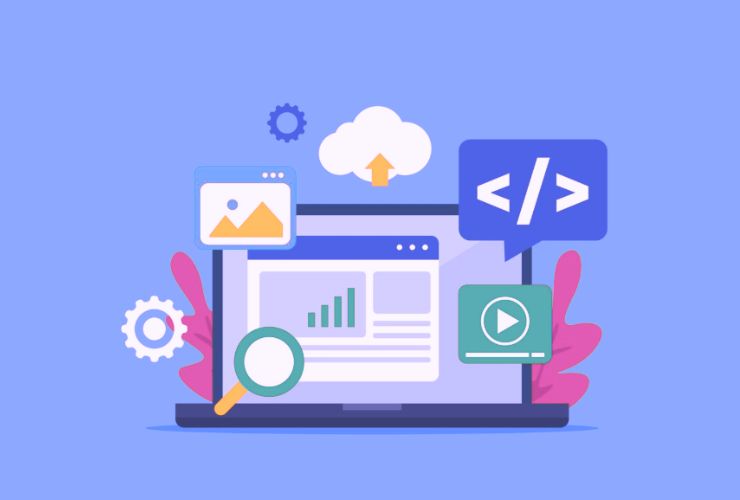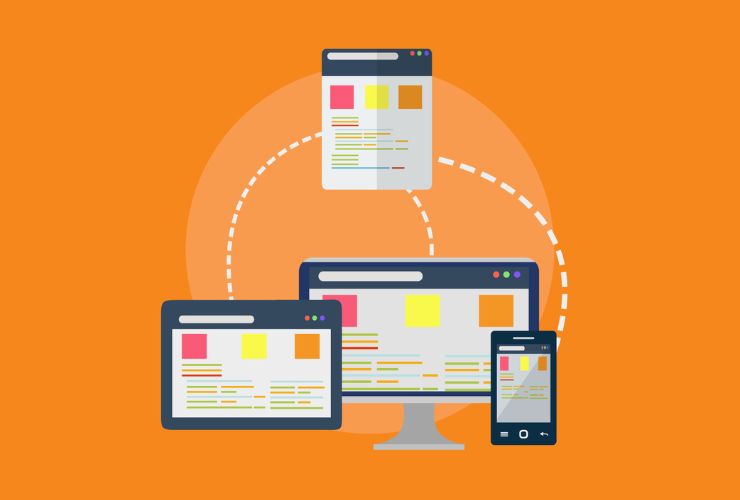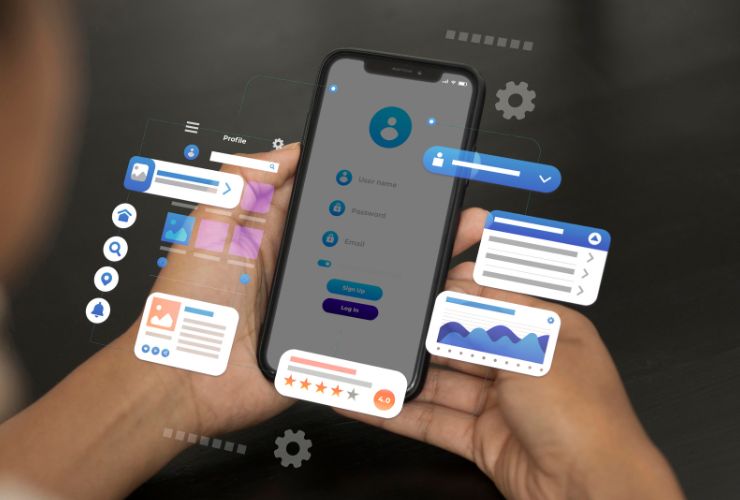In the past few years, cross-platform development has become immensely popular, enabling businesses to create applications for many operating systems, like Android and iOS, while writing only a single codebase for them all. Frameworks like Flutter, React Native, and Xamarin allow businesses to be able to build applications faster and at a cheaper cost.
Even as cross-platform development offers great benefits for many scenarios, there are times when native development is the better option. Companies needs to carefully explore the objectives of the app, its intended audience, and long term approach before committing to a development option.
In this blog, we will explain when an enterprise should prioritize choosing native development over cross-platform options to maximize performance, scalability and user happiness.
1. When Performance is Important
- Applications that are developed natively, are built specifically for a platform (i.e. iOS or Android) that give them additional access to device hardware, APIs, etc. This allows for all applications to run more effectively and efficiently with:
- Faster load times
- Increased responsiveness
- Animation and UI transitions that appear to be seamless
Example – Gaming applications, video streaming applications, fintech trading applications, and healthcare monitoring applications require high levels of performance and speed in order to optimize the user experience. If there is a delay of even a second or a lag when actions are inputted, it could decrease retention and even dissatisfaction in the app.
If you want the speed and the fluid performance to be a variable that contributes to the success of your app, native development is the right approach.
2. When You Require Full Utilization of Device Functionalities
Some functionalities, such as advanced camera control options, Bluetooth, NFC, ARKit/ARCore, GPS, and background services, are better natively supported.
While cross-platform frameworks provide plugins, their support for the latest operating system updates will not always be available immediately, which delays access to new device capabilities.
Example: An AR (augmented reality)-based furniture placement app or mobile banking app like a seamless NFC-based contactless payment app will work best when developed natively.
If your app relies on new device integrations, If the app will rely on new device integrations, some integrations may adopt faster or face fewer limits in a native context.
3. When a Top-tier User Experience (UX) is Desired
User experience acts as a critical component of app success. Native apps will have a unique UI/UX and be contextualized according to the platform (e.g., Material Design for Android and Human Interface Guidelines (HIG) for iOS).
This contextualization creates an app experience that feels “at home” in its platform environment, thereby increasing adoption or user satisfaction.
Example: Social media apps, digital shopping platforms, and on-demand service apps (like Uber, Zomato, etc.) creating a polished, intuitive (and consistent) experience requires a native app to create an interface believed to be the default outcome in those ecosystems.
If the top priority is a premium user experience, a native approach is the best option.
4. When Security is an Absolute Must
Certain industries such as finance, healthcare, and enterprise IT are held to a higher security standard. Applications that fall under this category are typically used by consumers and require access to sensitive user data and, therefore, become an easy target for cyber-attacks.
Native development will allow you to access built-in security features from the operating system, such as:
- Advanced encryption libraries
- Secure APIs
- Biometric authentication (Face ID, Touch ID)
- Regular security maintenance and patches from the platform provider
For example: Banking apps, patient health record apps, or enterprise workforce management systems are a definite benefit of native development when considering enhanced security.
If data protection is the top priority, native should be the way to go.
5. When You Are Developing Complex and Scalable Applications
In many cases, cross-platform frameworks can be a good start for small to medium-scale applications. However, when developing more complex applications, cross-platform frameworks tend to perform worse.
With Native Development, you can obtain the following:
- Code will be easier to maintain over time.
- The performance will likely be better, especially when scaled up.
- The possibility of accessing more native platform-specific scaling features
For example: Large-scale eCommerce marketplaces; ride-hailing platforms; or enterprise ERP applications will require native scalability for millions of users and real-time transactions.
If long-term scalability and maintenance are required, a native application is definitely a more future-proof option.
6. If You Are Targeting Platform-Specific Features or an Audience
Some businesses want to prioritize one of the relevant platforms, whether iOS or Android, based on the audience profile.
Example:
- Luxury brands might want to focus on iOS a little more than Android, reflecting the fact that iPhone users are often in higher socioeconomic demographics who prefer luxury brands.
- Mass-market apps may want to focus on Android first because Android has a larger installed base internationally.
- You can customize experiences for each audience with native, leading to better engagement.
7. If You Need Offline Experience
If your app requires offline functions, such as navigation or booking for travel or productivity, native apps are going to build a better experience for local storage/cache and device-level processing. This way the app runs smoothly without having reliable access to the internet.
8. If You Want Less Maintenance Over the Long-term
First, cross-platform development can save time and effort at first, but keep in mind that the app will have to be maintained across many platform updates that will take more time and attention than you think. Native apps evolve with the updated platform. In general, native apps have fewer compatibility issues.
Example: A long-term enterprise app has a lifecycle of 5-10 years, so you want native stability.
If your end goal is sustainability with less long-term maintenance, then native will be the right investment.
Conclusion
Cross-platform frameworks offer businesses speed, cost savings, and wider reach, making them great for startups and MVPs. However, native development shines when it comes to:
- Performance (speed and responsiveness)
- Advanced device integrations (AR, NFC, sensors)
- Superior UX (platform-specific consistency)
- Security (data protection and compliance)
- Scalability (large, complex apps)
- Platform-focused strategies (iOS-first or Android-first launches)
The key is to evaluate your business objectives, target audience, and technical requirements before making a decision. For mission-critical apps, investing in native development ensures long-term reliability, better user adoption, and higher ROI.





